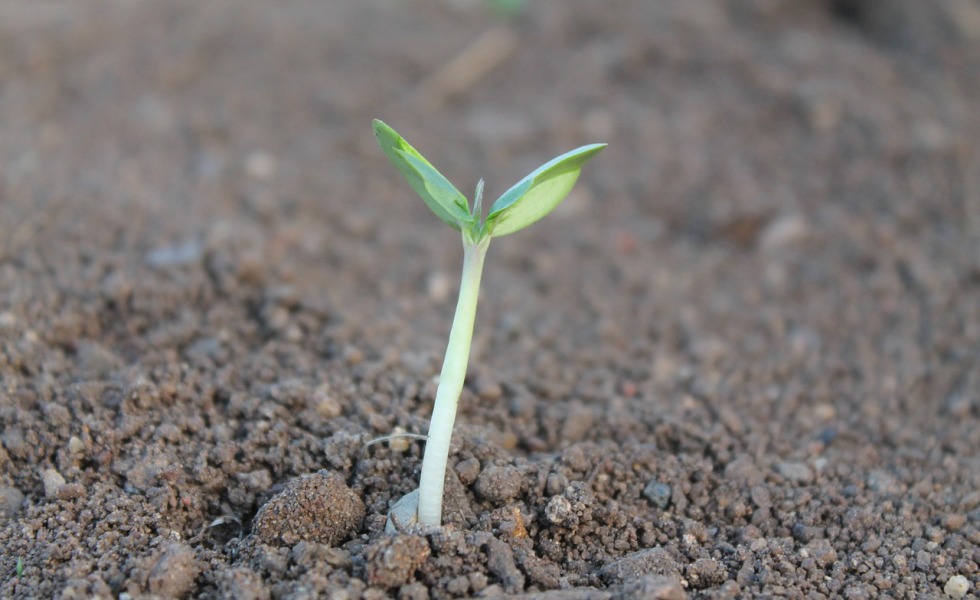Hey, Genius, Mind Your Own Business
Posted on October 29, 2021

It’s a rare honor to be named a MacArthur Foundation Fellow. In fact, in 40 years, only 1,061 Americans have been awarded the title and the no-strings-attached stipend, this year a plush $625,000, commonly referred to as a “genius grant.”
Even more rare are MacArthur Fellows with ties to farming and food. Before this year, only 12, or one percent, of all grantees, have had any connection to agriculture.
On Sept. 28, Lisa Shulte Moore, a landscape ecologist at Iowa State University, became the thirteenth when the Foundation recognized her for “working closely with farmers to build more sustainable and resilient agricultural systems.”
And that’s the key, it noted in honoring Shulte Moore. She “combines expertise on the environmental, economic, and policy aspects of large-scale agriculture and food production with an ability to communicate practical information directly to landowners about ways to make their land both more productive and sustainable over time.”
Even more astonishing is that she’s doing this timely work in the very center of the crop monoculture universe, Iowa, a state that defunded the nation’s premier sustainable ag research effort, the Leopold Center for Sustainable Agriculture, in 2017. More recently, powerful farm groups have stymied efforts to strengthen the state’s oversight of water, fertilizer, and manure runoff from farm fields.
Shulte Moore’s work, however, did not go unnoticed outside of Iowa. In 2020 she was awarded a $10 million federal grant to “develop new ways of turning biomass and manure”–both in hyper-abundance in Iowa–“into fuel.”
That effort is an outgrowth of a broader, longer-term project, STRIPS, or the Science-Based Trials of Rowcrops Integrated with Prairie Strips. And that’s exactly what it is; a program where strips of native prairie perennials from 30 to 120 feet wide slow water flow across farmed fields.
With it, Shulte Moore and an interdisciplinary team of agronomists, hydrologists, entomologists, statisticians, and soil scientists “have shown that prairie strips reduce soil erosion by 96 percent and nitrogen and phosphorus runoff by 85 and 95 percent respectively,” explained the MacArthur Foundation.
Equally important is that STRIPS “improves… crop success” and that “incorporating prairie strips is one of the least expensive agricultural conservation practices because they can be located on the least productive, and thus less profitable, parts of a field.”
Researchers can make this statement with confidence because the program now includes 11,735 acres of prairie strips protecting 112,707 cropped acres in 11 states.
As widespread as that might sound–and it is wonderfully widespread for any on-farm research program–it’s a flea compared to the elephantine acres of corn and soybeans, a collective 180 million, in the U.S. this year (Iowa holds 10 percent of that) with little, if any, runoff mitigation on any of it.
Which gets to the bigger question innovative researchers like Shulte Moore and others throughout the Land Grant system face: Why aren’t field-proven solutions that address today’s biggest ag woes, like nutrient run-off, promoted by farm policy leaders as necessary, smart, long-term investments in sustainable food production?
The plain answer is that our pedal-to-the-metal food system rarely pays farmers and ranchers to do the cheaper-in-the-long-run right thing and often pays them to do the more-profitable-in-the-short-run wrong thing.
Even our federal farm programs focus on fixing problems after they occur, not before; programs like federal crop insurance, the Conservation Reserve Program, the Environmental Quality Incentive Program, the Market Facilitation Program, and soon, on-farm carbon sequestration.
And should your research anger or contradict any Big Ag dogma–or worse, any farm or commodity group–well, it’s good-bye Land Grant perch, hello windowless lab purgatory.
We seem impervious to the clarifying truth that our relentless focus on the bottom line is dragging us to the bottom. Worse, we have the people and talent to make a difference, maybe even the critical difference, to slow or even stop the slide.
What we don’t have a lot of is time.
© 2021 ag comm
Share This